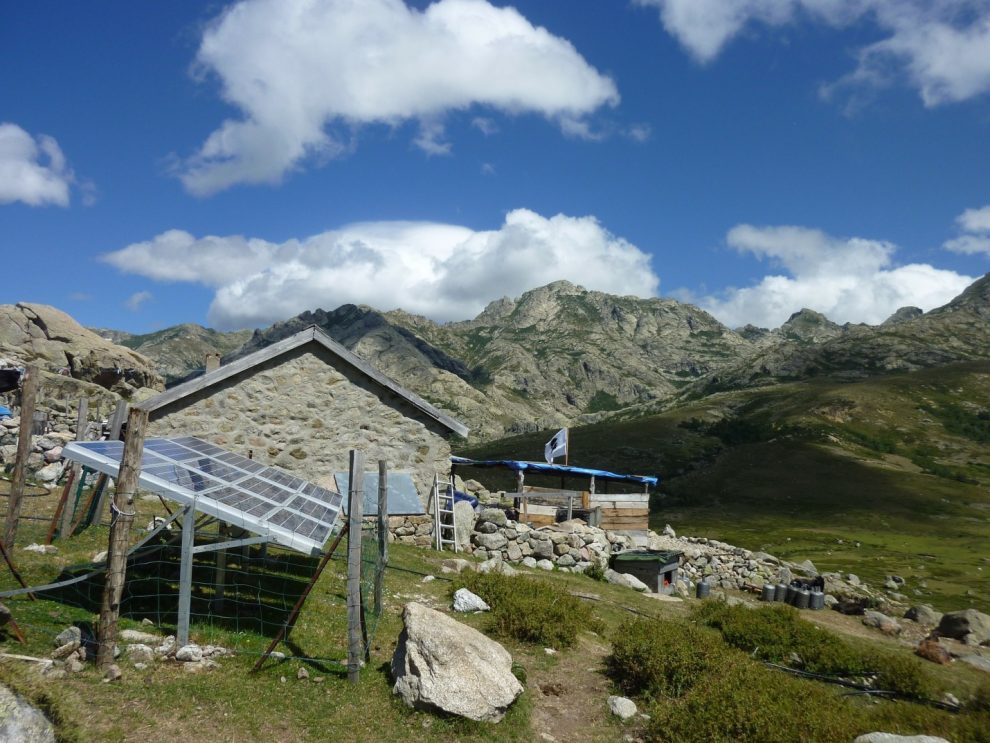The new target has been announced with a deadline of up to 2030
India has enhanced its renewable energy capacity target to 450 GW to be realized by the year 2030. Speaking at a joint session of Parliament, the President of India, Ram Nath Kovind said, “Keeping environment conservation in mind, my Government has enhanced the target for producing renewable energy to 450 GW (gigawatt). Under the Pradhan Mantri-KUSUM Yojana, it has been targeted to provide more than 17 lakh solar pumps to farmers across the country.”
The President announced a goal to provide 17 lakh solar pumps to farmers in due course. This initiative will be meted out under the Pradhan Mantri KUSUM Yojana, an initiative to promote distributed and off-grid solar power in India. The Pradhan Mantri Kisan Urja Suraksha evam Utthan Mahabhiyan (PM KUSUM) scheme was established by the government and the Ministry of New and Renewable Energy (MNRE) to encourage the development of decentralized renewable power and also introduce solar pumps in place of diesel based pumps in the agriculture industry. These decentralized solar and other renewable energy generation projects, of capacity up to 2 MW, help to save in the transmission system requirement and prevent T&D (transmission and distribution) losses.
The President, Ram Nath Kovind, also stated that the target is to generate 38 GW of electricity under phase two of the solar rooftop program. Phase two of grid connected rooftop solar (RTS) program to achieve cumulative capacity of 40 GW from RTS by 2022 was dispatched on 8 March, 2019, by the MNRE. As part of Intended Nationally Determined Contribution (INDCs), India has committed to increase the share of installed capacity of electric power from non-fossil fuel sources to 40% by 2030. Solar energy is the main source to accomplish this target. The MNRE has decided to implement phase two of the grid connected RTS program by making DISCOMs and local offices as nodal points for implementation.
The President also said that after the International Solar Alliance (ISA), India has been amongst the pioneers of climate change mitigation initiatives world over. In terms of off-grid initiatives (PM-KUSUM), the solar pumps can aid in reducing agricultural power consumption from the grid and reduce ongoing subsidies to the farm sector, thus improving energy access to farmers.
India has been rigorously working on its target to establish 175 GW of renewable energy capacity by 2022. This target includes 100 GW of solar energy, 40 GW of which has been allocated to rooftop solar. India’s move to significantly increase its renewable energy capacity is enclosed within a larger context of cleaning up the air in the cities and reducing the growing economic dependence on coal while creating energy security in the country.
India is a vast country that has abundant resources that can be capitalized to generate adequate clean energy to create energy security and reduce green house gas (GHG) emissions. The Prime Minister, Narendra Modi, first announced the country’s target to achieve 450 GW renewable capacity, while addressing the United Nations Climate Action Summit in New York in September 2019. During the summit, Narendra Modi stated that India’s focus on increasing the mix of non fossil fuel based energy sources is infallible. In addition, India is working to increase the proportion of biofuel blend in petrol and diesel as well.














Add Comment